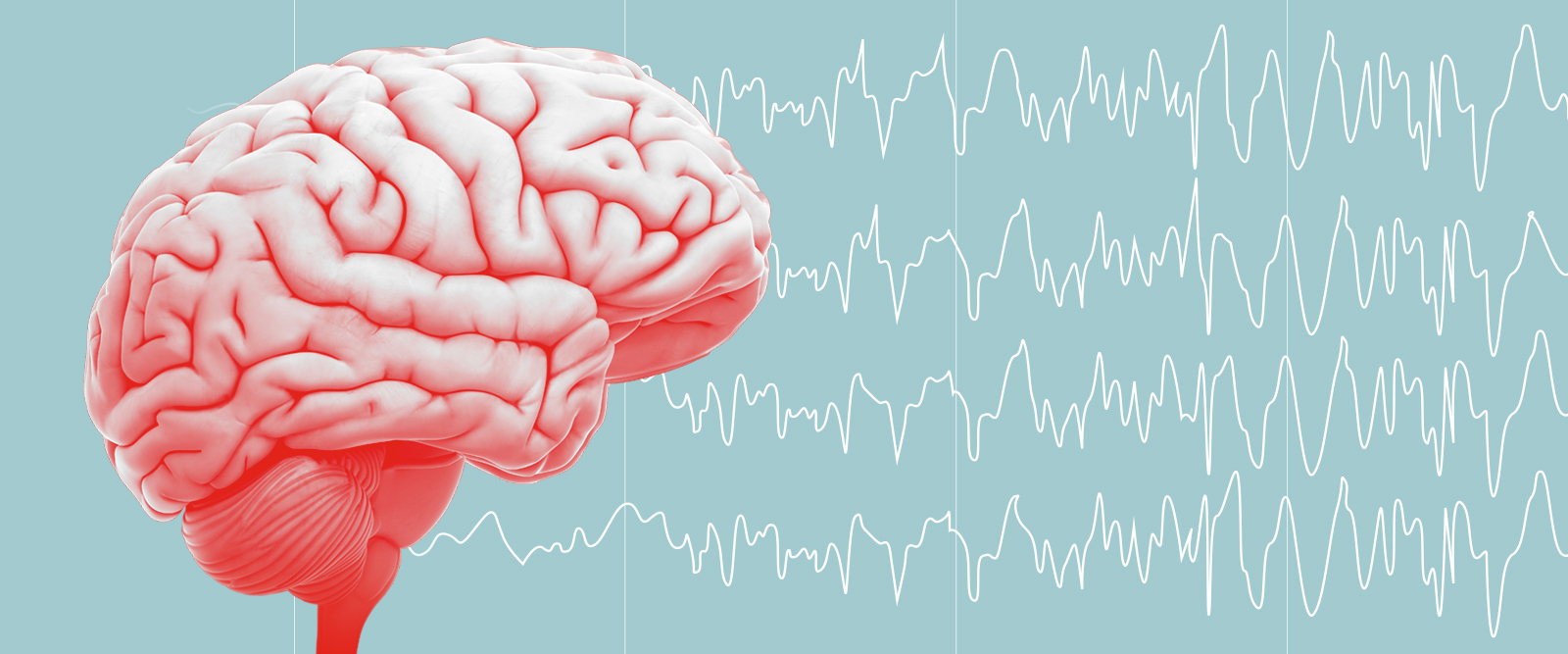First of all:
Recurrent seizures are the hallmark of epilepsy, a neurological illness that affects millions of individuals globally. Aberrant electrical activity in the brain causes seizures, which can show as anything from convulsions to altered awareness. The precise mechanisms driving epilepsy are still not fully known, despite much research. This essay delves into the complicated brain connections behind epilepsy, examining its pathogenesis, associated risk factors, and new developments in treatment.
Knowing about Epilepsy:
The brain is made up of billions of neurons that work together to communicate through chemical and electrical signals. Seizures are a defining feature of epilepsy and can result from disruption of this delicate balance. Depending on which parts of the brain are affected, seizures can present themselves in a variety of ways, such as focal seizures, absence seizures, and generalized tonic-clonic seizures.
Links Between Neurology and Epilepsy:
A complex illness influenced by multiple brain connections is epilepsy. The control of neuronal excitability by ion channels and neurotransmitters is one important factor. Hyperexcitability and the induction of seizures can result from the dysregulation of ion channels, including voltage-gated sodium and calcium channels. Similarly, imbalances in neurotransmitters such as glutamate and gamma-aminobutyric acid (GABA) can upset the inhibitory-excitatory balance, making people more prone to seizures.
Moreover, epilepsy is significantly influenced by genetic variables, emphasizing the complex neurological relationships between genes and brain function. Epilepsy syndromes have been linked to mutations in genes encoding neurotransmitter receptors, synaptic proteins, and ion channels, highlighting the genetic variability of the condition. Deciphering these genetic foundations is essential to understanding the intricate neurology of epilepsy and creating focused treatments.
Furthermore, the idea of epileptogenesis clarifies the gradual alterations in the brain that follow an initial insult, like a stroke, traumatic brain damage, or infection, and result in the development of epilepsy. The conversion of a healthy brain into an epileptic one is facilitated by neuroinflammation, abnormal neuroplasticity, and synaptic remodeling, underscoring the dynamic neural connections involved in the illness process.
Triggers and Risk Factors:
The fact that epilepsy is influenced by multiple causes highlights the complex brain pathways that are involved in its development. Genetics, brain trauma, developmental problems, infections, and insults during pregnancy are a few of them. Furthermore, in vulnerable individuals, environmental factors including stress, sleep deprivation, and alcohol withdrawal can act as seizure triggers, highlighting the interaction of neurological, environmental, and psychosocial elements in epilepsy.
Advances in Diagnosis:
The diagnosis and comprehension of epilepsy have been transformed by developments in neuroimaging methods like positron emission tomography (PET), functional magnetic resonance imaging (fMRI), and magnetic resonance imaging (MRI). Localizing epileptogenic foci and directing surgical intervention in refractory patients are made easier by the visualization of structural abnormalities, functional connections, and metabolic changes in the brain made possible by these imaging modalities.
Methods of Treatment:
Antiepileptic medications (AEDs) are the cornerstone of treatment for epilepsy management, which entails a multidisciplinary approach based on the needs of the patient. AEDs decrease seizure activity by modifying neuronal excitability and neurotransmitter function. Nevertheless, after receiving the best medical care possible, about one-third of epileptic patients still have seizures, which emphasizes the need for alternate therapeutic approaches.
Patients with medication refractory epilepsy have alternatives when it comes to surgical procedures including resective surgery and neuromodulation techniques like vagus nerve stimulation (VNS) and deep brain stimulation (DBS). By focusing on particular brain circuits implicated in the initiation and progression of seizures, these therapies can reduce seizure frequency and, in certain situations, enhance quality of life.
New Therapies:
Novel therapeutic methods for epilepsy are being investigated as a result of recent advancements in neuroscience, which is indicative of continued efforts to decipher the intricate brain connections that underlie the illness. These include the creation of tailored drugs that target certain molecular targets, including as ion channels, synaptic proteins, and neuroinflammatory pathways, that are thought to have a role in epileptogenesis.
Moreover, non-pharmacological approaches to treating epilepsy, such as the ketogenic diet, CBD oil, and transcranial magnetic stimulation (TMS), show potential as supplemental treatments. These modalities provide patients with drug-resistant epilepsy with other options by modulating neuronal excitability and synaptic function through a variety of ways.
In summary:
Epilepsy is still a difficult neurological condition with a wide range of clinical presentations and recurring episodes. Comprehending the complex neural pathways associated with epilepsy is essential for clarifying the etiology, pinpointing risk factors, and creating focused treatments. For those with epilepsy, breakthroughs in neuroimaging, genetics, and therapeutic approaches provide hope for better seizure control and a higher quality of life. To fully understand epilepsy and develop individualized therapies based on the underlying neurological causes of the condition, more study is nevertheless required.





